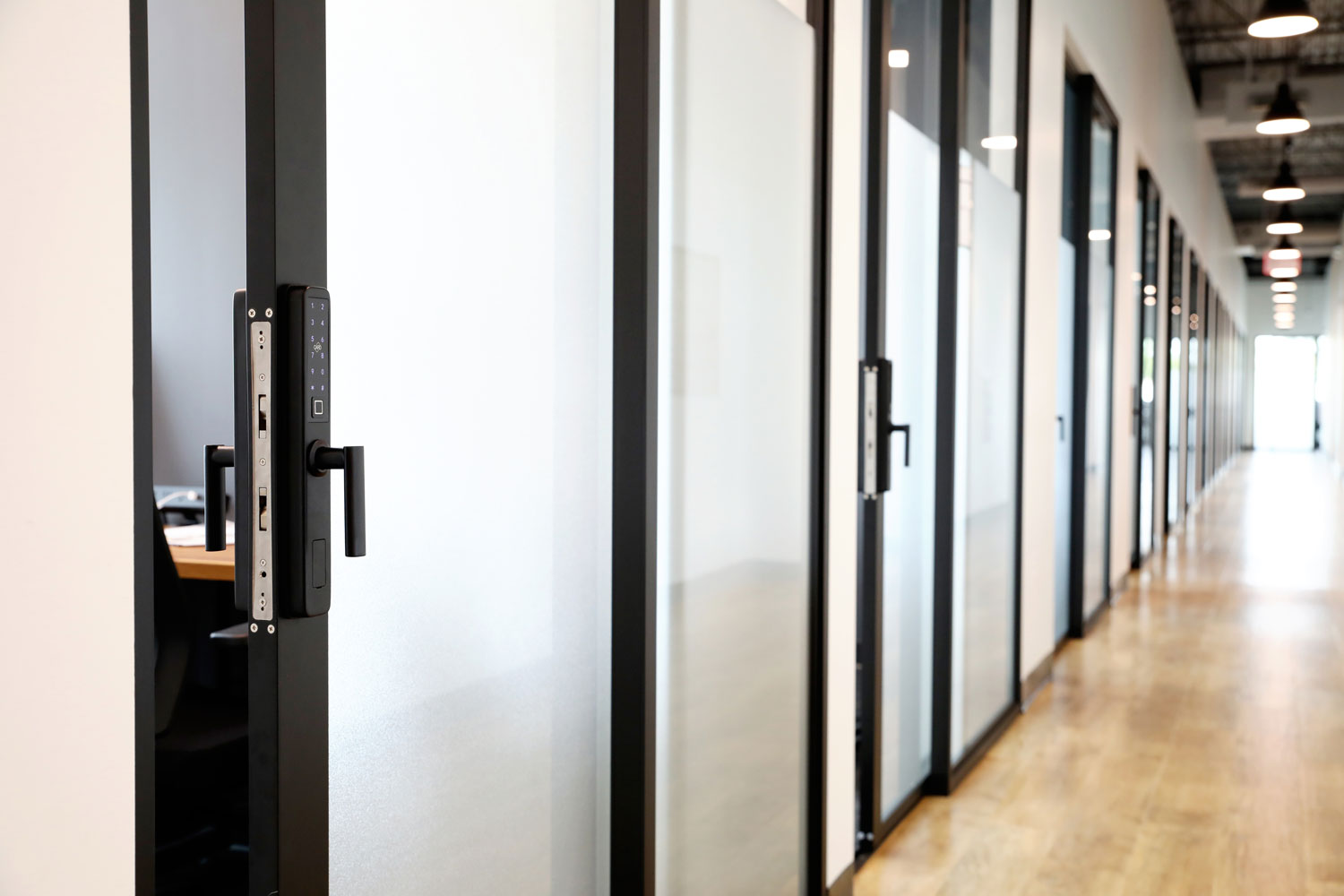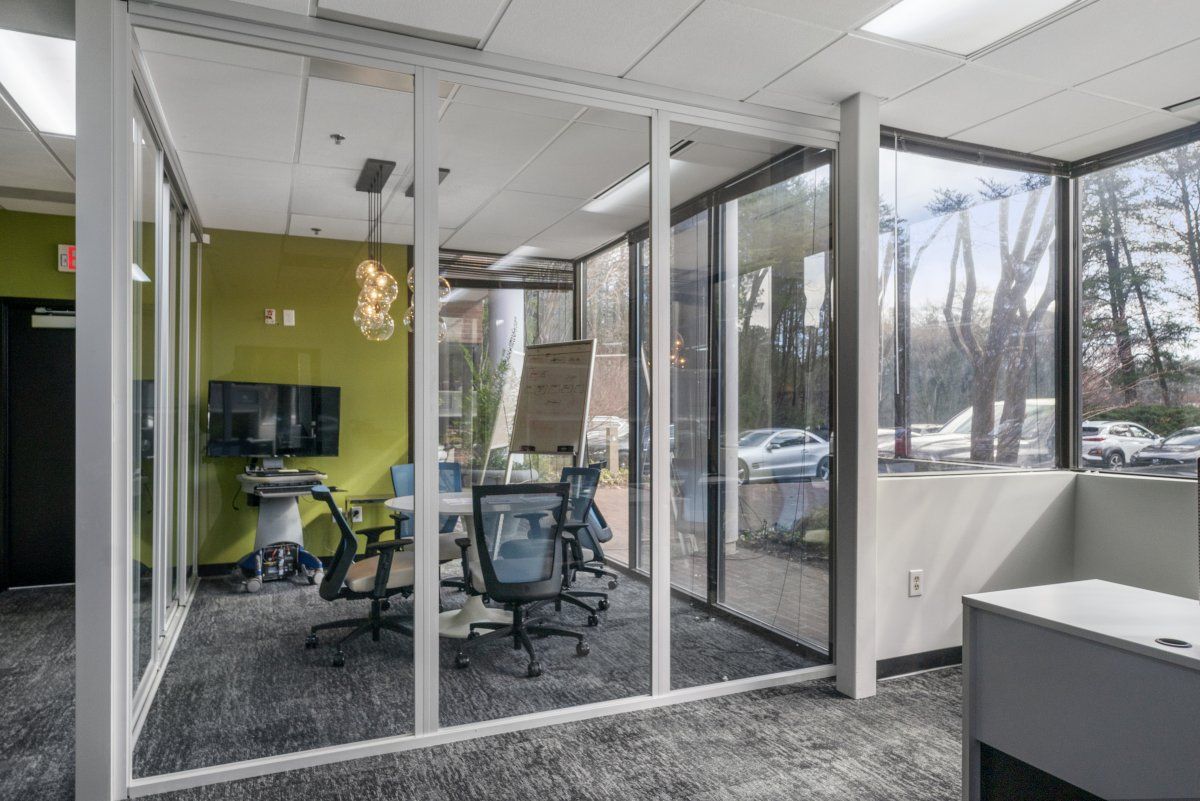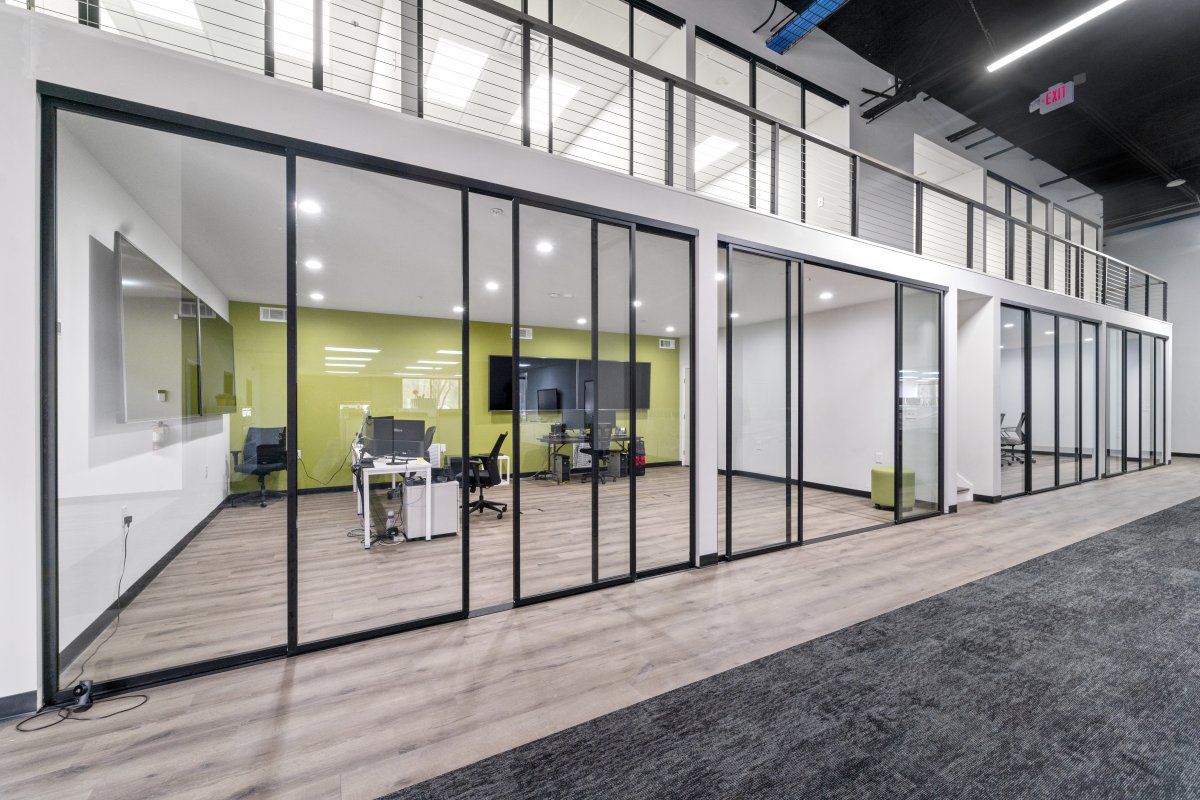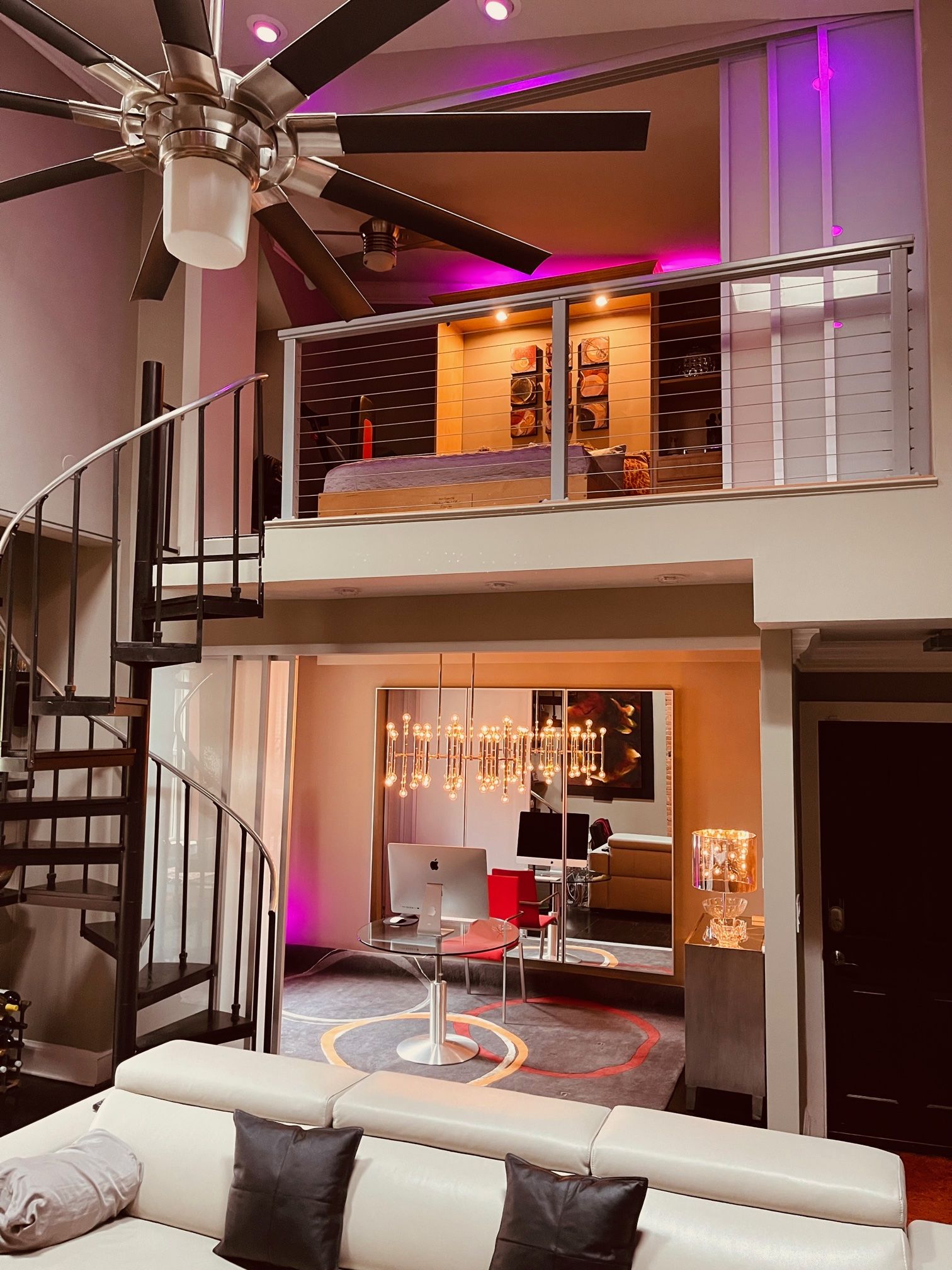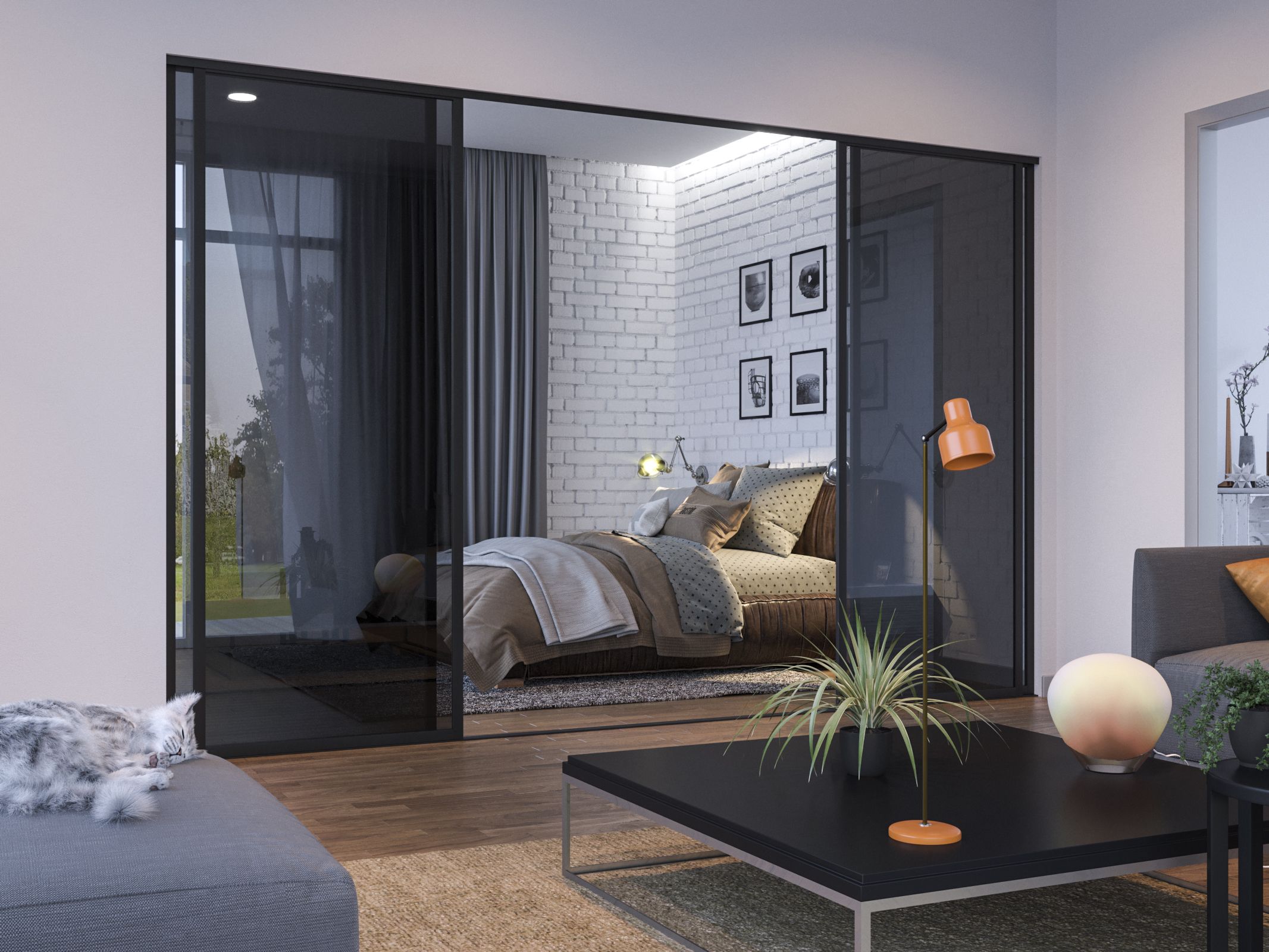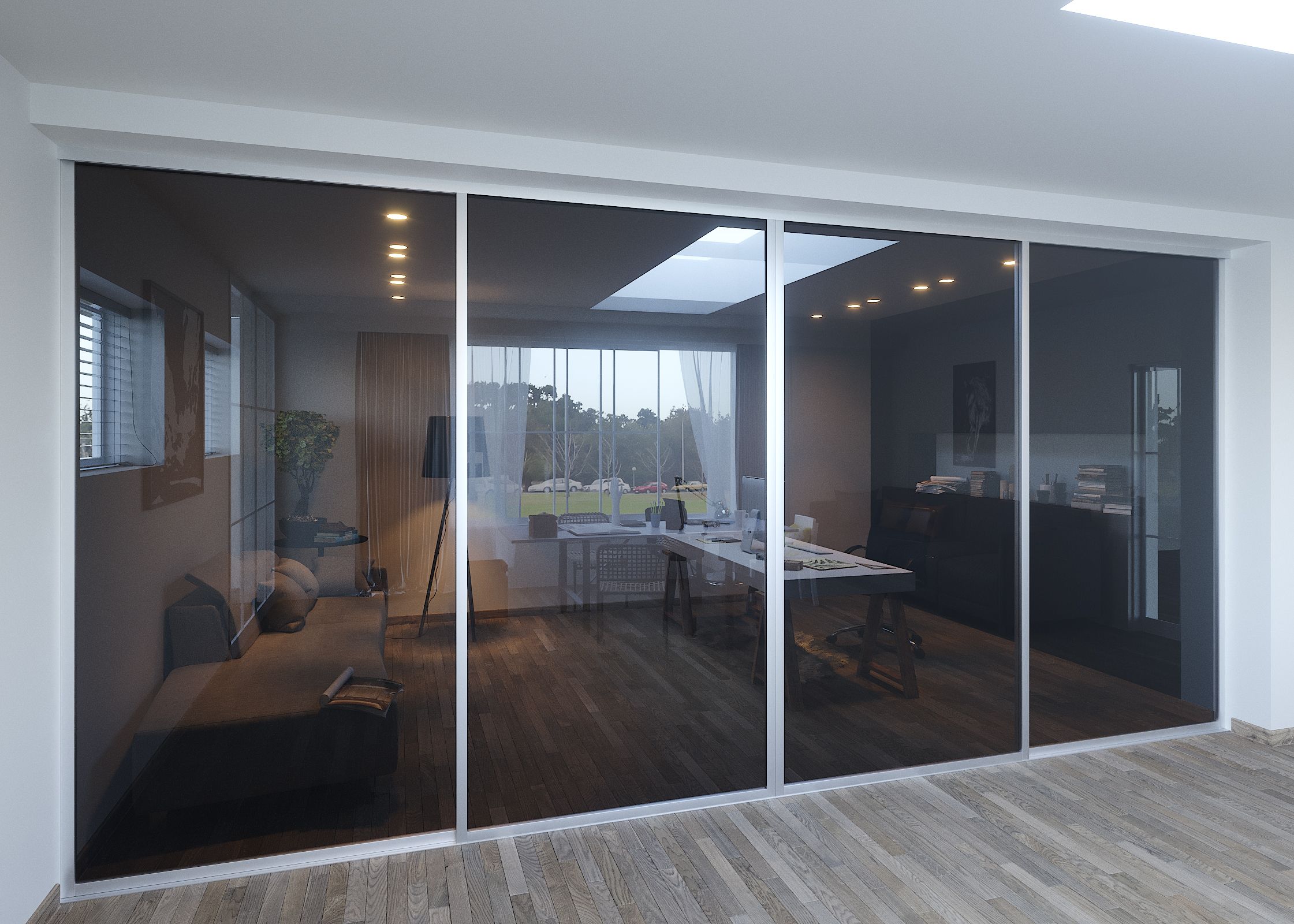How The Glass Offices Foster Openness and Brightness
Modern glass offices have become increasingly popular in workplaces, with research indicating that they profoundly impact team communication and collaboration.
According to recent studies, organizations that adopt modern glass offices experience a significant increase in openness and transparency among employees.
This article explores the various ways glass office improvements foster openness and collaboration, highlighting their role in enhancing creativity, breaking down barriers, building trust, and creating a collaborative culture.
The Impact of Glass Offices on Team Communication
The implementation of modern glass offices has significantly enhanced team communication in the workplace. Research has shown that using glass partitions or walls leads to offices improving their team dynamics and overall productivity.
Glass offices foster openness and collaboration among team members by allowing visual access and transparency. The transparent nature of these spaces promotes a sense of inclusivity and shared responsibility, as everyone’s actions and interactions are visible to others. This increased visibility can enhance accountability and productivity, as team members are more likely to stay focused and engaged.
Glass offices can also foster creativity by providing a visually stimulating environment that encourages idea-sharing and innovation. The transparency of glass offices allows for easy and spontaneous communication, enabling teams to exchange ideas and collaborate on projects quickly.
Enhancing Creativity and Innovation in Glass Offices
Natural light in glass offices has been shown to have numerous benefits for individuals, including increased productivity and improved mood.
The transparency of glass walls promotes trust among team members by allowing for open observation and visibility. The design of glass offices encourages spontaneous interactions, fostering collaboration and the exchange of ideas among employees.
Natural Light Benefits
One significant office improvement of glass being used is the ability to maximize the utilization of natural light. This has been shown to have numerous benefits for employees’ well-being and productivity.
Natural light in the workplace has been linked to improved mood, mental health, and overall well-being. Exposure to natural light has been found to regulate circadian rhythms, leading to better sleep patterns and increased alertness during the day.
Additionally, natural light has been shown to enhance cognitive performance, creativity, and concentration, resulting in higher productivity levels. It also reduces eye strain and fatigue, as compared to artificial lighting, which can have a detrimental effect on employee health.
Transparency Promotes Trust
Transparency in the workplace cultivates an environment of trust and accountability among employees. When organizations prioritize transparency, they are committed to open and honest communication. This fosters a sense of trust among employees, as they feel confident that information is being shared openly and without bias.
Transparency also promotes accountability, as employees are more likely to take ownership of their actions and decisions when they know that their work is being observed and evaluated. This accountability helps to build strong relationships within the workplace, as employees are held responsible for their contributions.
Encouraging Spontaneous Interactions
Encouraging spontaneous interactions in the workplace can enhance knowledge exchange and foster a collaborative environment among employees. Spontaneous collaboration refers to unplanned and informal interactions between individuals within an organization. These interactions occur in various settings, such as common areas, break rooms, or during casual encounters in hallways.
Organizations can create an environment that encourages open communication, idea-sharing, and problem-solving by promoting spontaneous collaboration. Informal interactions allow employees to connect personally, build trust, and establish strong working relationships. These interactions also allow individuals to learn from one another, share expertise, and gain different perspectives.
Breaking Down Barriers With Transparent Workspaces
To foster openness and collaboration in the workplace, transparent workspaces can be implemented to break down barriers.
Creating a barrier-free environment is essential for fostering collaboration among employees. Transparent workspaces, such as modern glass offices or open floor plans with glass partitions, promote visibility and accessibility, allowing employees to interact and engage with one another easily.
Transparent workspaces encourage spontaneous conversations and idea sharing by removing physical barriers, such as walls or cubicles. This open layout also promotes a culture of transparency, where information flows freely and everyone has access to the same resources.
Employees can collaborate more effectively, share knowledge, and build stronger relationships, ultimately leading to increased productivity and innovation. Transparent workspaces create a sense of unity and cooperation, breaking down hierarchical boundaries and facilitating collaboration across departments and teams.
The Role of Glass Offices in Building Trust and Transparency
The use of modern glass offices in workplaces has been found to significantly impact employee satisfaction and overall productivity. These transparent workspaces create an environment that fosters trust and transparency among colleagues. Here are three reasons why modern glass office improvements can have a positive psychological impact on employees:
● Increased visibility: Glass offices allow for increased visibility and accessibility, promoting a sense of openness and approachability among team members. This visibility encourages collaboration and the sharing of ideas, as employees feel more comfortable interacting with one another.
● Enhanced natural light: Glass offices allow natural light to flow throughout the workspace, creating a bright and energetic atmosphere. This exposure to natural light has been linked to improved mood and increased productivity, contributing to a positive work environment.
● Sense of equality: The use of glass offices eliminates the hierarchical barriers often associated with traditional closed-off spaces. By creating a more egalitarian workplace, modern glass offices promote equality and inclusivity among employees.
Creating a Collaborative Culture in Glass-Enclosed Spaces
Transparency builds trust among team members and fosters open communication.
Additionally, team dynamics are essential for effective collaboration, as they determine how individuals work together and contribute to the team’s overall success.
Furthermore, enhancing communication and promoting innovation are key factors in creating a collaborative work environment, allowing for exchanging ideas and developing creative solutions to challenges.
Transparency and Team Dynamics
Transparency in glass offices has the potential to be an office improvement for team dynamics by facilitating open communication and fostering a sense of trust among team members. The psychological impact of glass offices on team performance can be significant. Here are three reasons why transparency in modern glass offices enhances team dynamics:
● Enhanced Communication: Glass offices create a visual connection between team members, allowing for easy and frequent communication. This transparency promotes collaboration and idea-sharing, improving problem-solving and decision-making processes.
● Increased Accountability: The visibility provided by glass offices encourages team members to take ownership of their actions and responsibilities. Knowing that their work is observable by others fosters a sense of accountability, driving individuals to perform at their best.
● Trust Building: The transparency of glass offices eliminates physical barriers and promotes equality among team members. This fosters trust and mutual respect, creating a positive work environment where ideas can be freely shared and constructive feedback can be given.
Enhancing Communication and Innovation
Enhancing communication and promoting innovation within a team environment can be achieved by implementing glass for office improvements. Communication techniques foster effective collaboration and idea generation among team members.
Organizations can create an environment that encourages communication and information sharing by providing open and visible workspaces, such as modern glass offices. Transparent workspaces enable visual connectivity, allowing team members to communicate and share ideas easily.
Innovative workspaces provide opportunities for spontaneous interactions and informal discussions, which can lead to the generation of creative ideas and solutions.
Boosting Productivity and Efficiency Through Openness
Promoting an environment of openness and collaboration in glass offices has positively impacted productivity and efficiency. This is achieved through various means:
● Increased transparency: Glass offices provide a visual connection between employees, fostering a sense of unity and shared purpose. This transparency allows for easy communication and instant feedback, leading to quicker decision-making and more efficient problem-solving.
● Enhanced creativity: The open and collaborative nature of glass offices encourages the exchange of ideas and stimulates creative thinking. The transparency of the space allows for the free flow of information, promoting brainstorming sessions and fostering a culture of innovation.
● Improved accountability: The visibility provided by glass offices promotes a sense of responsibility and accountability among employees. When their work is on display, individuals are more likely to stay focused, stay on task, and produce high-quality work.
Overcoming Challenges and Maximizing the Benefits of Glass Offices
To fully realize the potential benefits of modern glass office spaces, addressing the challenges that may arise and implementing these office improvement strategies to maximize their effectiveness is important.
One of the main challenges of glass office design is the lack of privacy it may create. However, there are several strategies that can be employed to overcome this challenge and promote privacy in glass offices.
Firstly, incorporating frosted or tinted glass can provide a level of privacy while maintaining the space’s open and transparent feel.
Additionally, using movable partitions or curtains can allow employees to create temporary private spaces when needed. Lastly, providing designated enclosed meeting rooms or breakout areas can offer a secluded space for meetings or focused work.
The following table summarizes the office improvement strategies for overcoming design challenges and promoting privacy in glass offices:
Design Strategy Description
Frosted or tinted glass Provides privacy while maintaining transparency
Movable partitions or curtains Allows for temporary private spaces
Enclosed meeting rooms or breakout areas Offers secluded spaces for meetings or focused work
Summary
Modern glass offices have proven to be a powerful tool in fostering openness and collaboration within teams. By promoting transparency, these workspaces enhance communication, creativity, and innovation.
They break down barriers and build trust among employees, creating a culture of collaboration and cooperation.
The openness offered by glass offices boosts the productivity and efficiency of individuals and teams. Despite their challenges, the benefits of glass offices far outweigh any drawbacks.
With their ability to evoke a sense of unity and shared purpose, glass offices have become an essential element in modern work environments.

